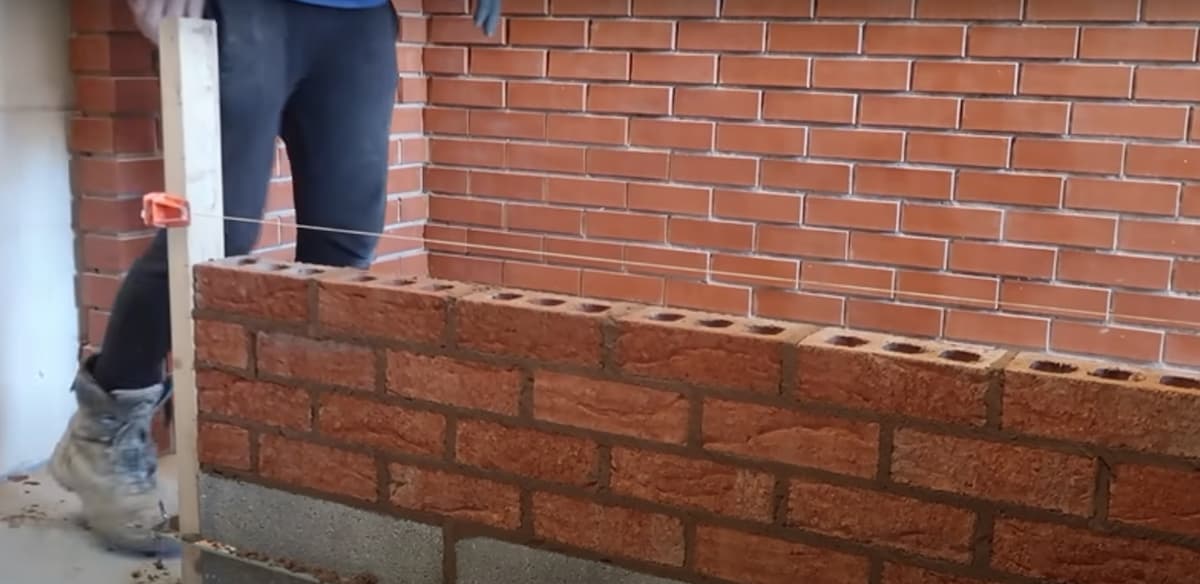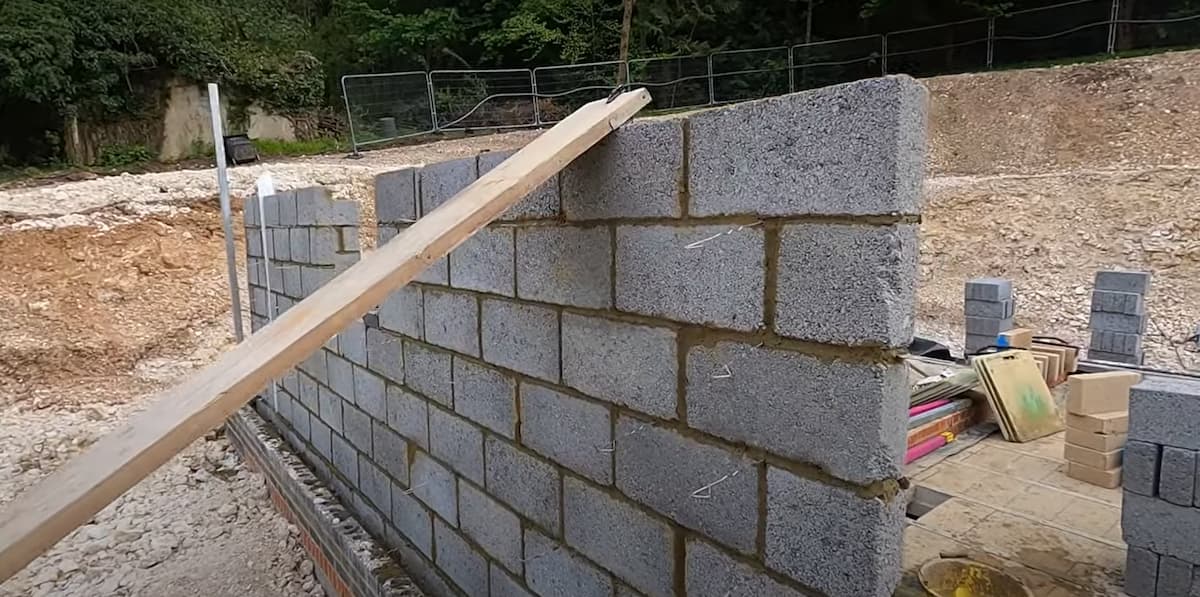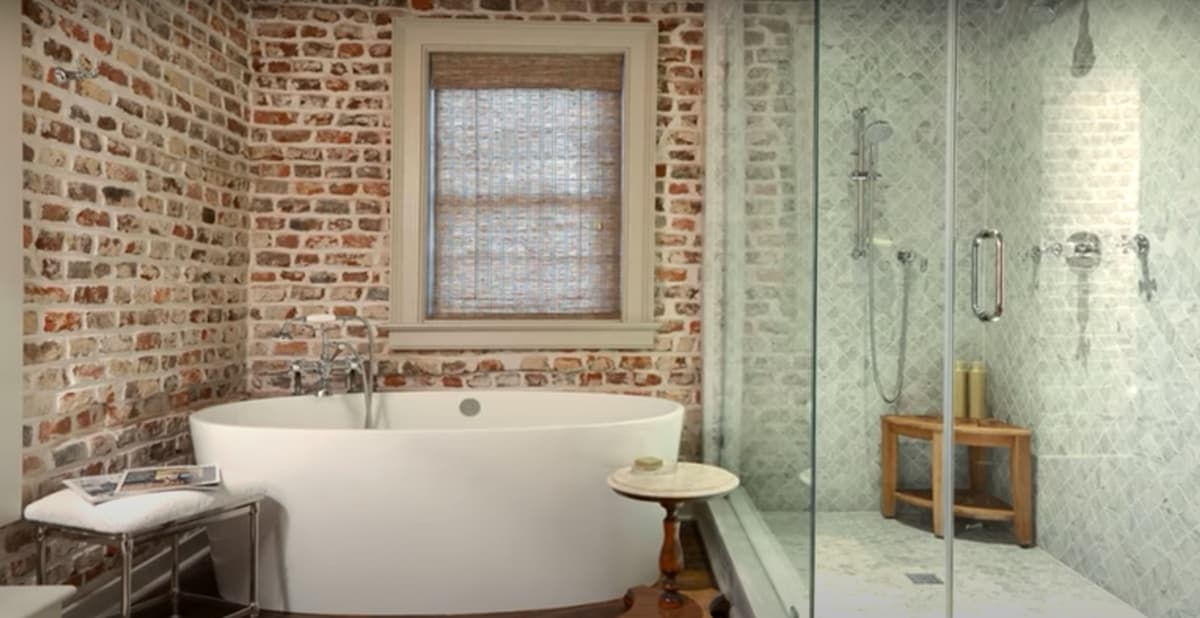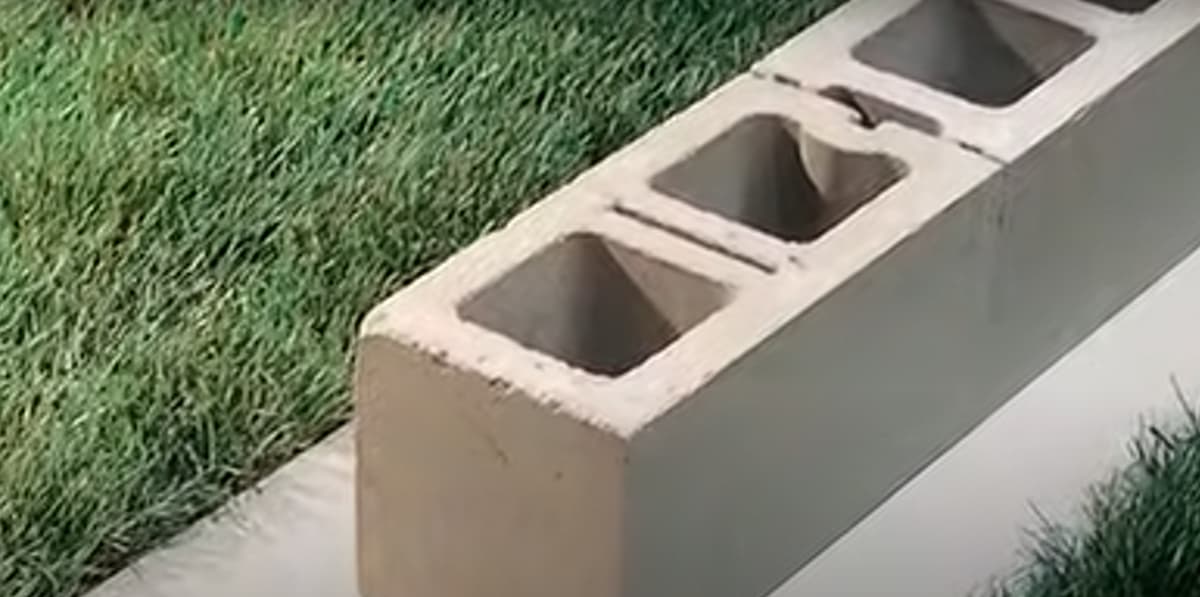
A Besser Block is a hollow, rectangular concrete building block that’s used to build houses, commercial structures, multi-story apartment complexes, and industrial buildings.
Besser blocks are used as the basic residential building units in many different types of construction that include offices, houses and multi-storey apartment buildings. The term Besser block is derived from a German company called Bessa who designed and produced them.
Besser Bricks
The capacity of a Besser block is enhanced by its multiples and simple construct courses. Steel reinforcing bars laid vertically (droppers) and horizontally (bond beams and lintels) in special Besser Blocks called “knock-out blocks” give the structural integrity of a Besser Block.
This method of reinforcement gives the Besser blocks a unit strength far greater than that of reinforced concrete.
Besser blocks are also used for roads and pavements. The special Besser block is called “construction blocks”. A hole in the centre allows water to drain away from roadways during rainfall and water penetration. Drainage holes can also be created with plastic inserts, which makes it possible to use the same Besser Blocks for building purposes as well as road construction.
Besser Block Sizes
Besser Blocks are usually laid out with mortar joints between them, but they can also be used without mortar if their interlocking design is appropriate for the type of construction desired. The strength of the block is attributed to its minimal dimensions (which do not exceed 390mm x 190mm x 190 mm), as well as the special shape that has been developed over the years by experts in concrete technology. The standard mortar width is 10mm.
Besser Block Wall Thickness
The walls of a Besser block are 6cm. Besser Blocks are made from well graded natural raw materials and require no painting or other surface treatment. The strength and durability of Besser blocks are well-known worldwide. They are also known as cinder blocks, construction blocks, grey blocks, breeze blocks and concrete blocks.
Besser Block Dimensions Australia
There are many different sizes for a Besser block in Australia. The standard size of a Besser block is manufactured to suit specific applications. The standard Besser block dimensions are as follows:
- Height 190mm
- Width 190mm
- Length 390mm
Other than these standard Besser block dimensions, they can also be found in other dimensions.
The 100 series concrete blocks have
- Length 390mm
- Height 190mm
- Width 90mm
The 150 series blockwork has
- Length 390mm
- Width 140mm
- Height 190mm
The 300 series concrete blocks
- Length 390mm
- Height 190mm
- Width 290mm
Can Besser Block Be Used for Retaining Walls?
Cinder blocks are just one of the types used for building retaining walls. There are many different types being used, such as concrete masonry that is also quite popular today.
There are some types of Besser Blocks that provide a hollow shape and can be filled with soil as well as rocks to help hold back any weight from an embankment, road or other ground. The Besser block is made like this and they come in all sizes and shapes to fit almost any reason someone might want them for, including landscaping work on certain types of properties where something needs covering over and no plants need to grow on top of it. Some people even place plants within their borders first and then set their Besser block around it.
Should a Besser Block Be Filled When Making Concrete Block Walls?
Concrete Besser blocks can be used as solid, with their core filled, or hollow cavity walls which make them perfect for a retaining wall. They are given an internal and external finish which is smooth and shaped to make the blocks stronger for the retaining wall.
The cavity inside a Besser block, once formed, can be filled with a variety of materials such as soil. This may depend on what you wish to retain and at what level. The soil may vary in content from clay-based soils that have no organic matter to sandy soils which are well fertilised. The weight to be held back by the wall could be calculated before it is filled with soil, rocks or whatever else, once filled, it can then be compacted. The wall may need to be protected from water seepage which could cause problems, especially if the mortar has not been allowed to fully cure before this last step is carried out.
You can create a concrete masonry foundation with concrete blocks and concrete block retaining walls with Besser Blocks. For the purposes of load-bearing, though, it can potentially carry the weight of any earth or other materials that are being held back by it rather than just the wall itself. The wall thickness may have to be sufficient enough to withstand the weight as well as weathering conditions. If you are looking at a landscaping job, then you may need to check what type of soil is to be placed into areas that have been formed for this purpose before carrying out the work. This includes whether or not it may require bedding in order to stop water seepage and other problems.
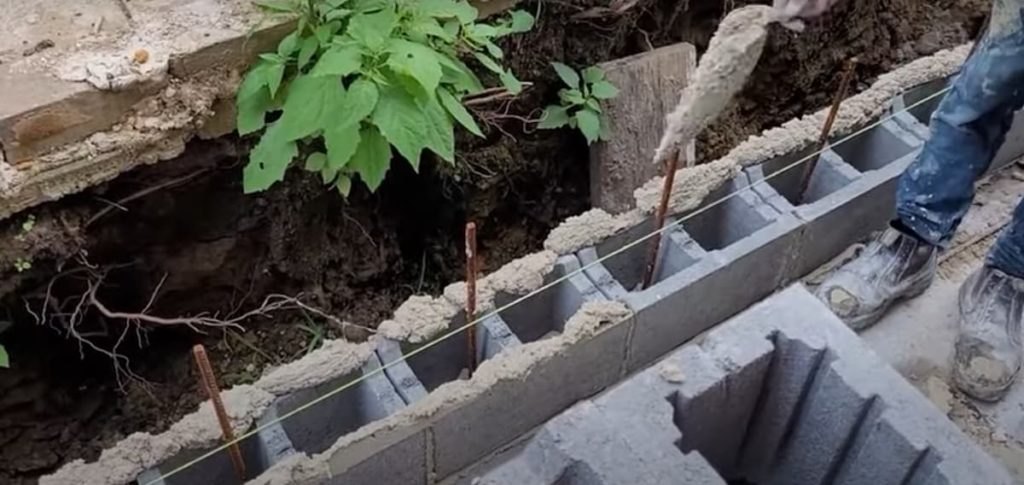
Testing the Soil Type
The soil type may need to be tested before you make any major landscaping changes or use concrete masonry, some types of clay-based soils cannot bear high levels of weight whereas sand is better for this purpose. Ensure there are no rocks or other obstructions that might cause problems when the wall has been built, especially if they have not been made flush with the wall and may cause it to sink.
Depending on the soil type that may be used within the cavity, drainage holes might need to be installed into the wall as it is being built or after, depending on whether you want as little as possible of the weight-bearing material removed. The main purpose of these may generally be to allow water to seep through to help prevent any problems with waterlogging of soil.
Another option is to use a French drain around the outside of the wall instead, which may allow excess water from rain or irrigation to seep into the soil rather than collect against the wall and then cause it to sink. The more you can do in terms of preparation for building a wall, the better results you may get from it.
Conclusion – Besser Block Overview & Besser Brick GUide
Besser Block can be used for various applications. It has a variety of different uses in the construction industry, some more common than others. These blocks are made to last and built strong enough to hold up against weight. They are sometimes filled with soil or other materials that may act as filler until the concrete is poured over it all to create the wall completely. Any landscaping work using Besser Block could be done with care and consideration paid to what kind of material may be added to the block itself before any major landscaping is done around it. This includes drainage holes if needed and an algorithm for creating a solid structure.


